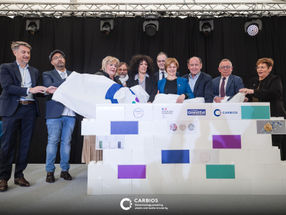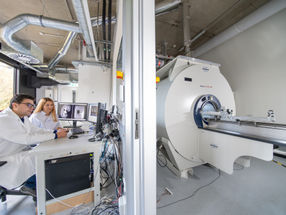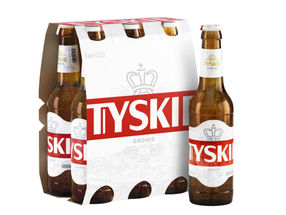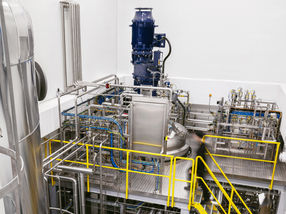New Opportunities in Russian Pharma Market
Frost & Sullivan Comments on the Russian Health Ministry’s Plan to Enhance Domestic Production of Strategically Important Pharmaceuticals
The Russian Healthcare Development Program is likely to cause major structural changes in the Russian pharmaceutical market and create new opportunities for foreign investors. The main aim of the government-introduced program is to ameliorate the quality and availability of healthcare, thereby improving overall social well-being. Toward these ends, the Russian government plans to introduce mandatory health insurance, supply out-patient hospitals with modern medical equipment and qualified personnel, create an Electronic Health Records system, and discourage self-treatment by its tightening control over prescription drug sales.
This newest initiative includes the Russian Health Ministry’s plan to enhance the domestic production of “strategically important” pharmaceuticals. A draft list of 55 drugs was announced on 11 December, 2009. It includes drugs used to treat the main causes of death in Russia: heart disease, cancer, infectious diseases as well as diseases of the respiratory and digestive systems. Currently produced by major international companies including Novartis, KRKA, Sanofi-Aventis, Shering-Plough, and Roche, most of these pharmaceuticals will remain under patent protection for the next 2-3 years.
Frost & Sullivan’s Healthcare Industry Analyst Dominika Grzywinska says this decision is a step towards import substitution and reaching a fifty-fifty split of imported and domestically produced drugs by 2020, as stipulated by the Russian Healthcare Development Program. “The Russian pharmaceutical market, worth $16.2 billion, is the largest and fastest growing in the CEE region. However, 80 percent of drugs sold are imported because domestic companies tend to be small and undercapitalized. It is still too early to predict how the government plans will restructure the market, but there are several possible scenarios,” Grzywinska adds.
Both Sanofi-Aventis and Nycomed have announced plans to establish production plants in Russia. In so doing, they hope to capitalize on the privileges bestowed upon domestic producers. For example, domestically produced can be priced up to 15 percent higher than imported drugs. However, establishing production in Russia still involves significant obstacles, such as longwinded administrative procedures and complicated registration methods.
A faster and less complicated route would be to enter the market through acquisitions or strategic partnerships. This solution brings certain benefits, primarily an established market position or brand name. Moreover, this option is especially viable given that Russian pharmaceutical manufacturers often have outdated production facilities, which generates a need for significant capital investments.
Another possible option is that local manufacturers would buy the licenses for producing certain drugs from foreign generic companies once the patents expire. However, funding issues must first be resolved as domestic producers in Russia often face serious financial difficulties. Therefore, an easier access to capital would be needed, like favorable loans, subsidies or structural programs.
“The success and effectiveness of import substitution in Russia hinges on how effectively the government will pursue its goals. One thing is certain; this latest decision is bound to bring inevitable changes and generate new opportunities for local producers and foreign investors alike,” concludes Dominika Grzywinska.
Most read news
Topics
Organizations
Other news from the department business & finance

Get the life science industry in your inbox
From now on, don't miss a thing: Our newsletter for biotechnology, pharma and life sciences brings you up to date every Tuesday and Thursday. The latest industry news, product highlights and innovations - compact and easy to understand in your inbox. Researched by us so you don't have to.





















































